Key Takeaways:
- Effective digital thread management connects data across the manufacturing lifecycle.
- Best practices ensure seamless data flow, improving traceability and efficiency.
- A robust digital thread supports innovation and quality control in manufacturing.
Weaving is one of the oldest industries known to man. By taking hundreds of individual threads in one direction and combining them in a unique pattern that interlaces each thread with other threads running in the opposite direction, you can weave intricate fabric that ranges from functional to artistic. With the right combination of threads in the correct interwoven pattern, fabric can be produced from the most practical and plain (think denim for jeans) to the most ornate tapestries that tell a story in themselves.
You may wonder what one of the world’s oldest manufacturing processes has to do with data. But as Industry 4.0 pushes forward and the Industrial Internet of Things is adopted by more and more industries, there are more similarities to the analogy than you may think.
One buzzword rocking the manufacturing world these days is the "digital thread." But what is the digital thread? The digital thread is the framework of communication that allows for a connected data flow allowing you to view your data throughout its entire lifecycle across functional areas that have traditionally existed in silos.
These gaps exist in every industry, despite having a multitude of data within the silos. The digital thread involves capturing that data across those systems, through its lifecycles, and facilitates its recording for Industrial Internet of Things (IIoT) analytics and back for closed-loop optimization. Simply put, it’s a seamless digital connection.
Spinning the Thread
Every fabric has a starting place and spinning the thread that connects it all is the logical place to start. You can start by connecting your industrial assets and operations and auditing your current environment. Knowing where you stand with data collection will help guide you in overcoming gaps.
In most cases, you won’t be building a connected organization from a greenfield project. Instead, you will be creating a more complete digital thread across all legacy systems and outdated pieces of equipment within the operation. These equipment assets are typically standalone, with limited connection capabilities. And not only that, the volume of data, the quality of data and the metrics used to analyze the data within the silos varies between functional areas adding to the confusion.
To find out where you stand, what to connect and how to connect, there are a few steps that will prove invaluable in spinning the thread that weaves your operation together:
- Rely on Expertise - Fortunately, you can overcome disparate equipment connectivity and interoperability challenges. Many sites have some software, whether it is embedded in a machine and was developed by the OEM or developed as part of an HMI/SCADA project. However, as Industry 4.0 and IIoT technologies are still new and maturing, most companies lack the in-house skillsets in IT and project management to understand and interpret Industrial IoT technologies to show you how to weave the threads through your organization. Most service providers within these industries provide expert consulting and planning for the right sized implementation, and you can rely on those experts to connect your systems and establish a strong HMI/SCADA layer as a foundation for IIoT.
- Identify Gaps - In addition to pinpointing old or isolated equipment, you need to identify data gaps that occur for other reasons too. Manual operations are still prevalent in different industries as well as in small to medium sized companies which are differentiated in terms of resources from their larger, more scaled counterparts. And often, these manual processes are not tracked. You need to connect people performing manual processes, using software such as Workflow for managing and tracking manual operations in conjunction with your HMI/SCADA.
- Eliminate Silos - One major barrier to creating a digital thread is the existence of silos within an operation. Information exists in all companies. But in those with a traditional siloed structure between departments and key functional areas, it is consumed in an isolated way within the organization. One example is regulatory compliance data, only used to generate compliance reports. Another example is the existence of quality data used to track manufacturing defects. Often, this data is housed in a stand-alone system using different units of measure or formulas to map progression than are used by the manufacturing departments that need them. In both cases, these reports represent a gold mine of information and can be utilized in the continuous improvement process–thus, the need to access all the data to deliver accurate dashboards and KPIs, both to operations and the business.
Weaving the Operational Fabric
With an idea of the value of the digital thread, there are some suggestions to help make that value a reality. These suggestions can help bring the thread through from concept to application within the factory.
- Ideation - These are existing and emerging tools to bring products “to life” through the R&D and design phase. These include generative design technology, a buzz phrase that comprises both CAE simulation and optimization techniques that let computers do some of the design work. Optimization also includes topology and shape optimization as well as multi-domain optimization, or MDO. MDO will be critical because any product both today and in the future will be both smart with lots of software and will be composed of mechanical, electrical, and mechatronics systems. The recent purchase of Mentor Graphics, the electrical design company, shows how Siemens is thinking of this convergence of disparate disciplines into a single thread.
- Realization - This is the bundle of tools used to make the product. One exciting and emerging tool is additive manufacturing, and already robotics with embedded connectivity are being married with traditional shop technology such as CNC machining to create a hybrid machine making connectivity and IoT technology not only useful, but necessary for accurate control.
There is also a lot going on in advanced robotics and even machine learning where advanced algorithms allow improved equipment performance over time as the volume of data and trends within the data are analyzed and applied. Machine learning techniques could also help manufacturers optimize planning and decision-making in areas such as supply chain management and even electricity usage.
- Utilization - With the concept fully developed and the benefits and focus points realized, utilization will bring these technologies to fruition through application. Utilization is where the true value of big data analytics, cloud technology, and knowledge automation converge. Collecting data through the cloud and then automating how knowledge is extracted from noise by applying the emerging big data techniques.
Best Practices for Digital Thread Management
Once the thread is created and the tapestry begins to take form, there are still best practices that need to be deployed to maintain its integrity. The practices include:
- Develop a single version and source of the truth housed under one system.
- Use expertise to develop a strategy for data management for all product data.
- Ensure proper diligence for key engineering and product iteration requirements through a well-defined change management system.
- Develop feedback systems throughout the development, manufacturing and product lifecycle and make sure this feedback is accurately and systematically added to the data stream.
- Reach into the front end of the supply chain to capture as-maintained service data at the lot or serial number level to ensure traceability and compliance auditing.
Realizing the Possibilities
The digital thread represents a major shift in how operations are visualized and how data can drive decision-making at the planning and strategic level rather than the remedial level. Instead of disparate and a piecemeal approach to systems, the digital thread conceives all product data from design through prototyping through manufacturing and throughout the lifecycle of the product in the field. The entire system has as its foundation the BOMs that drive the company’s product offerings and all data and analysis revolves around optimizing the production of those BOMS.
By incorporating these attributes into a single system that allows for their consumption digitally to drive an operation, value such as consistency, traceability and reusability are realized by the company. The best way to accomplish this is to capture the data through an integrated IoT system where devices capture the data and maintain it and then it is driven back to the organization through advanced analytics, machine learning and autonomous or semi-autonomous operation to optimize process improvements, quality improvements and to help point the way to new business opportunities.
As the digital thread is formed, those systems that were formerly siloed and separated from one another can now be woven into a tapestry that defines the operation as a single entity, viewable and recognizable, rather than a collection of pieces.
Want to know more? Contact us!


.png?width=1960&height=1300&name=01_comp_Downtime-%26-Quality_laptop%20(1).png)
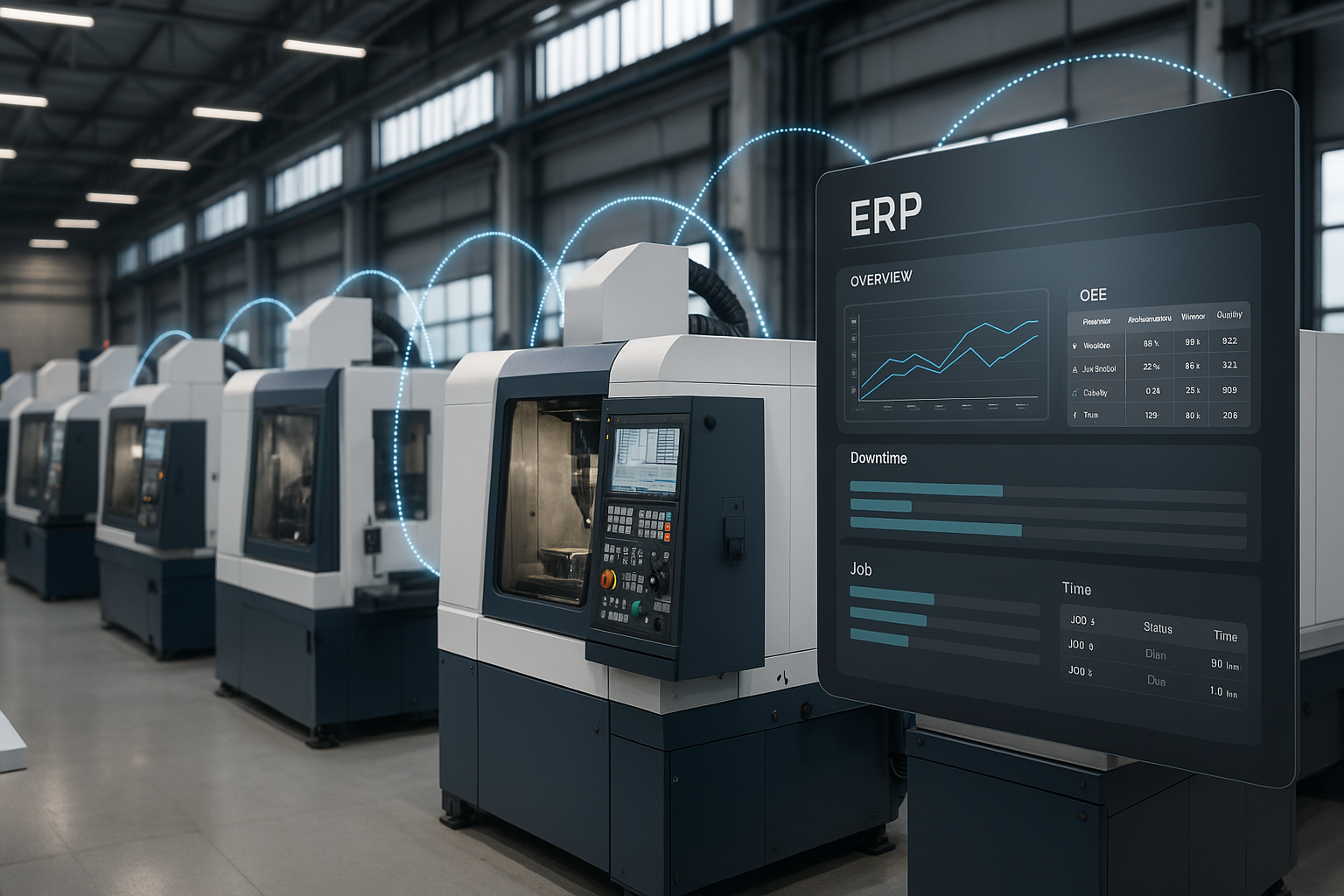
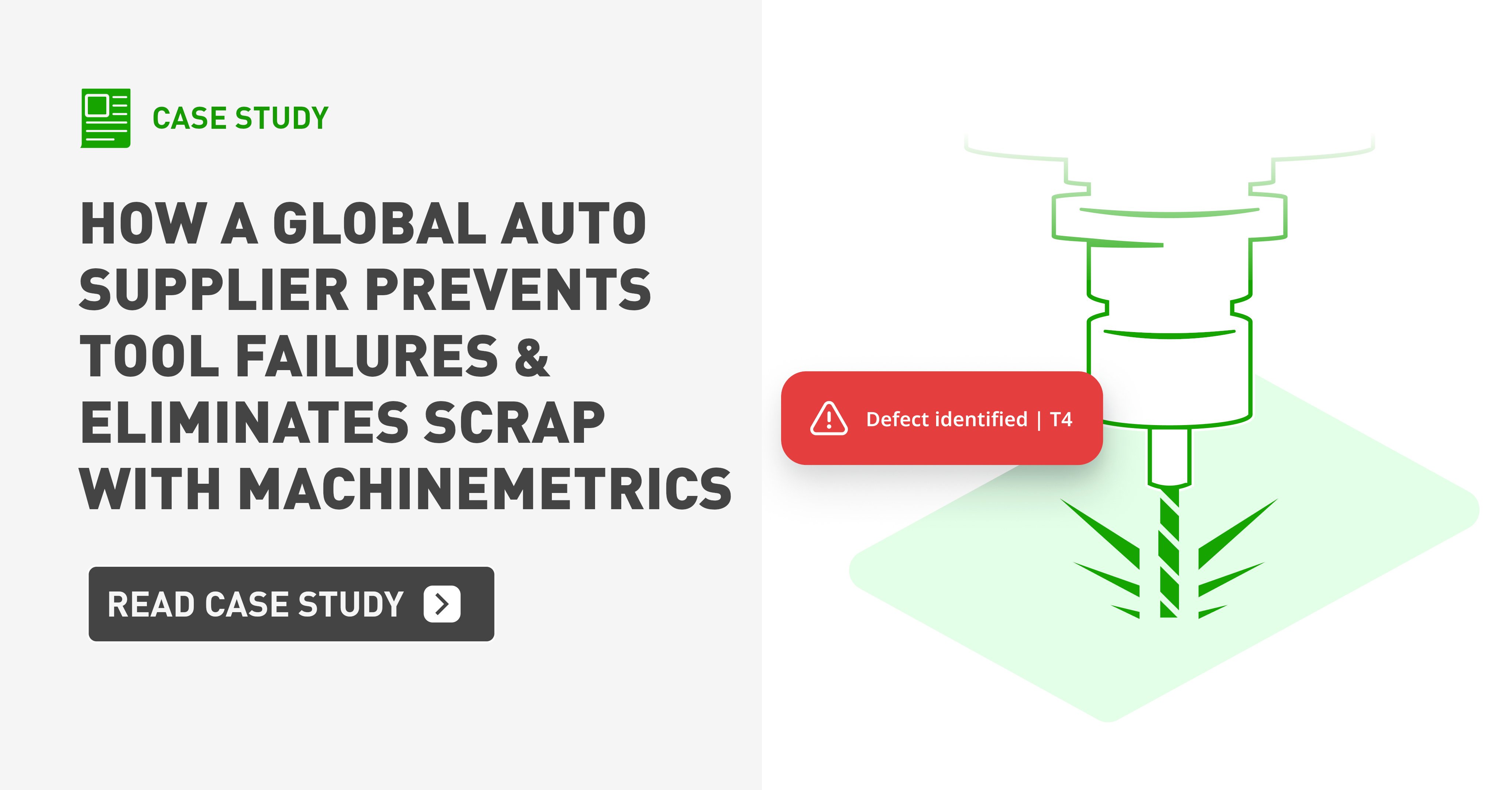
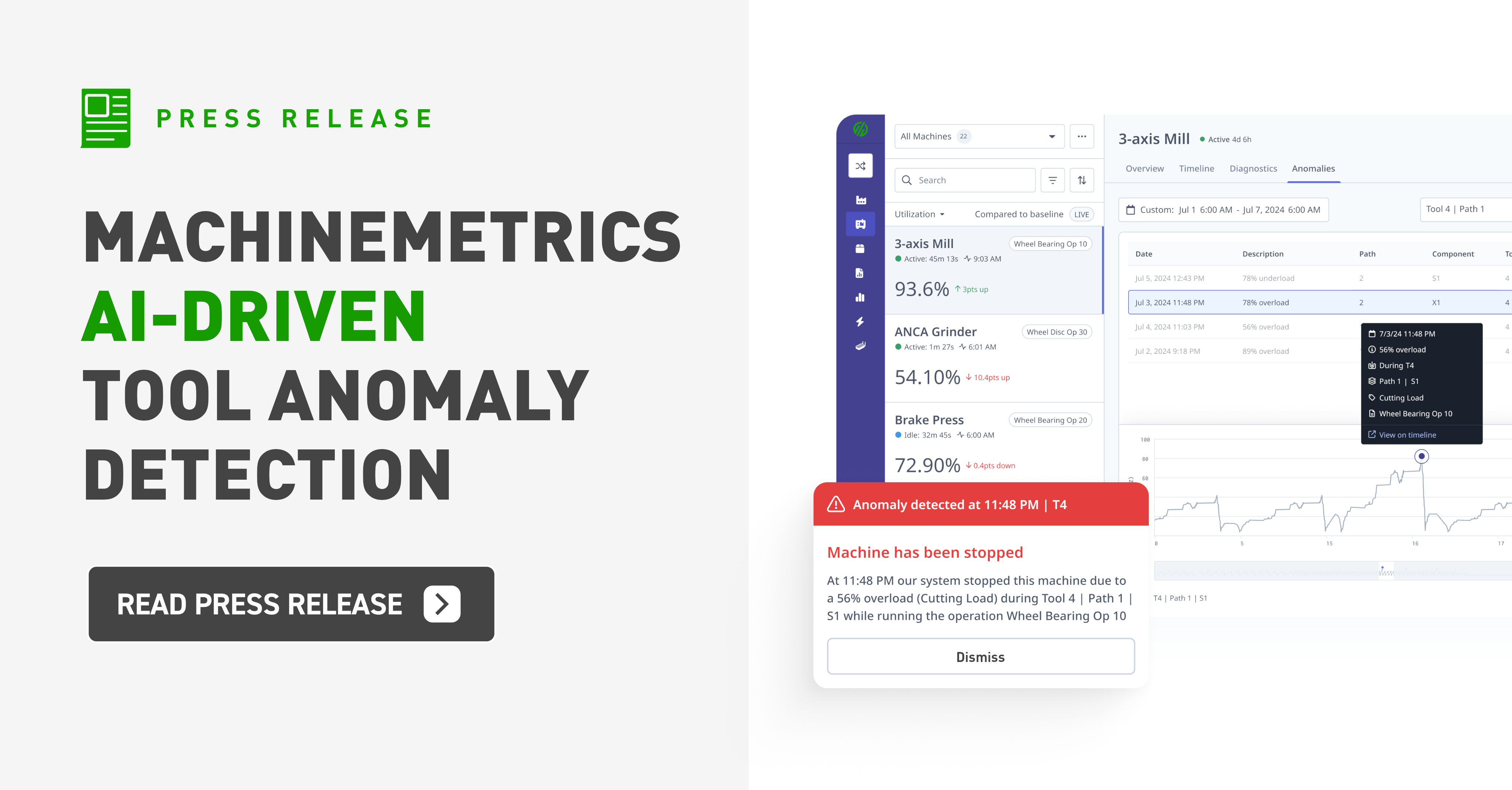
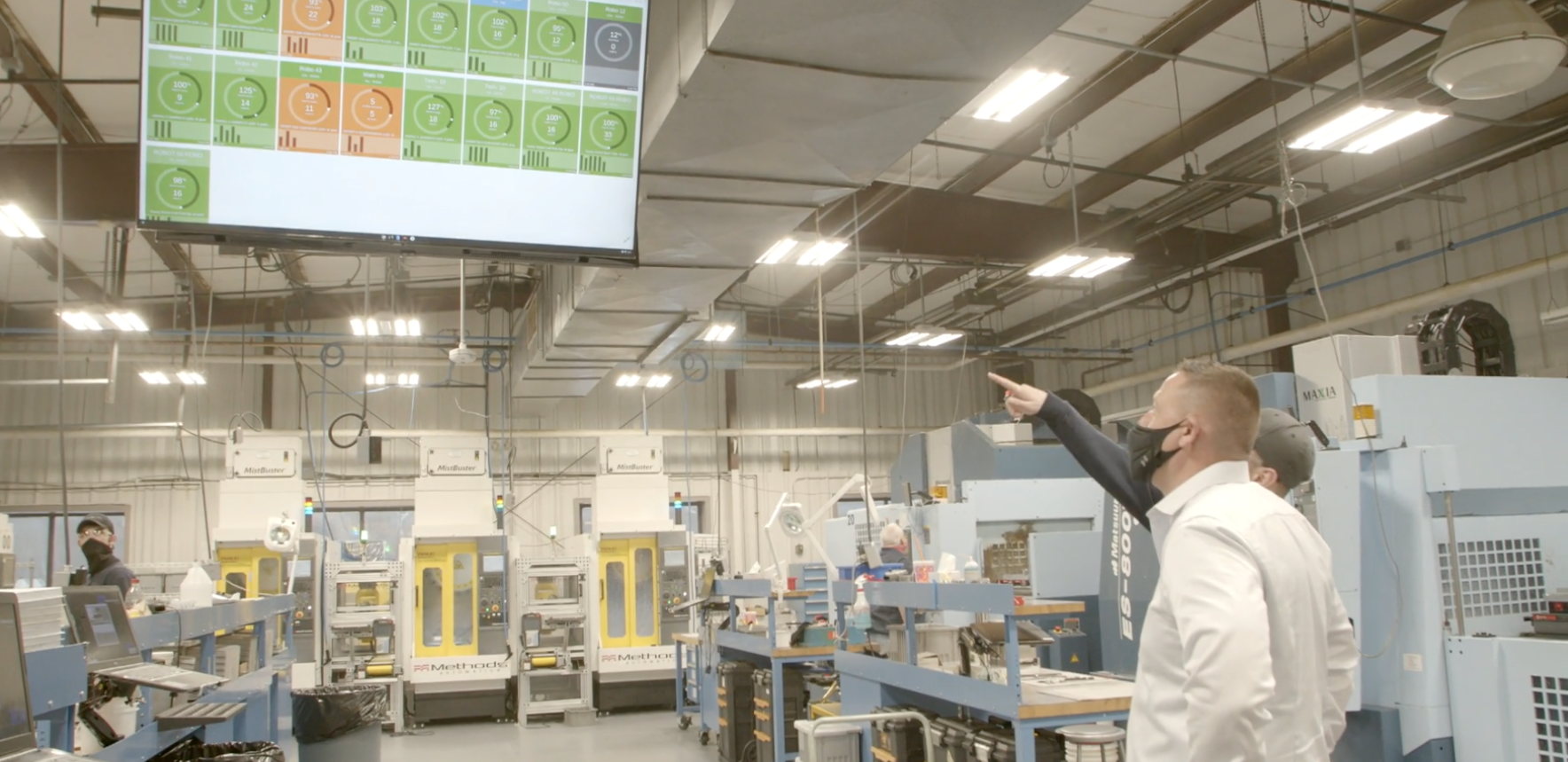
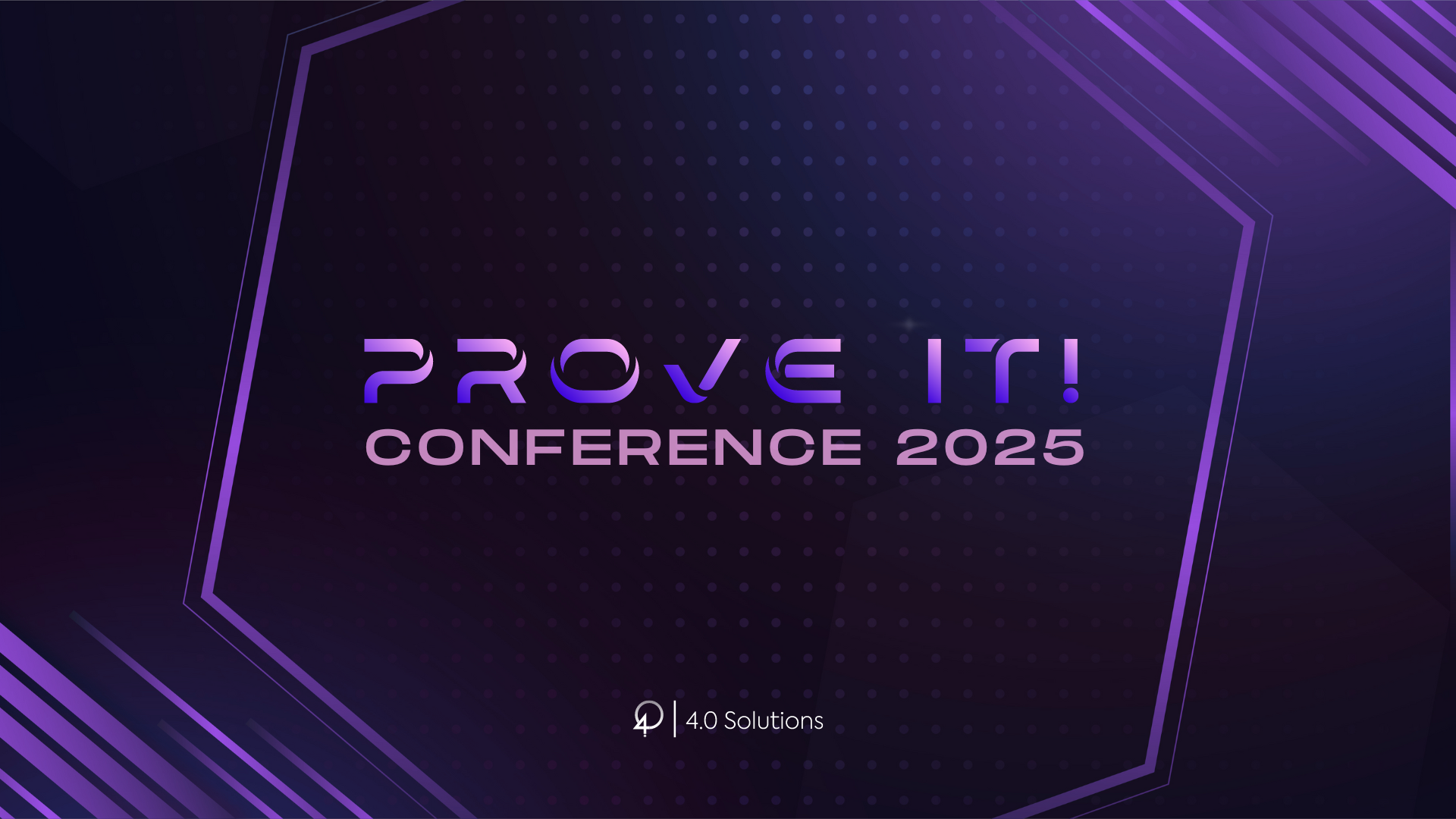
Comments